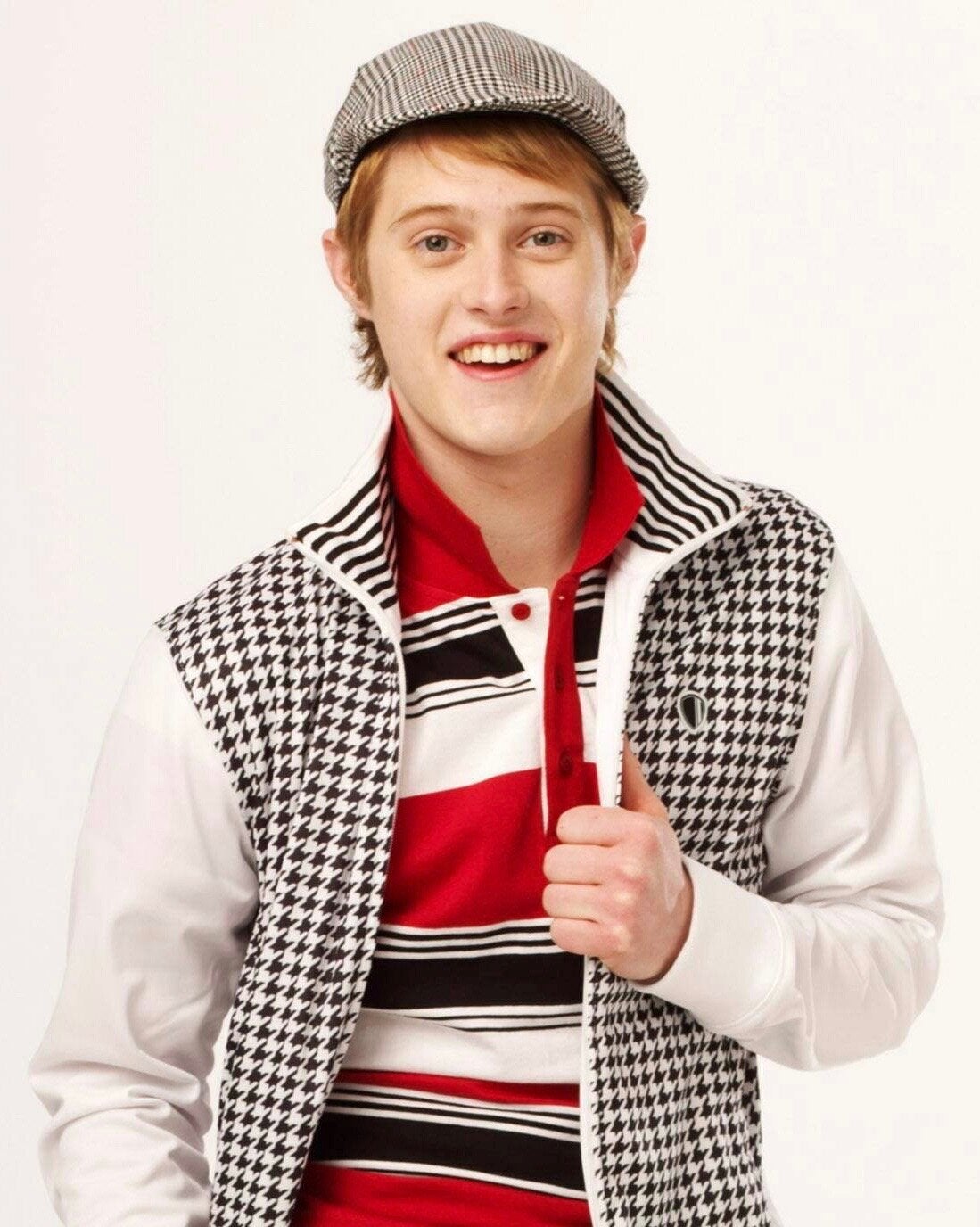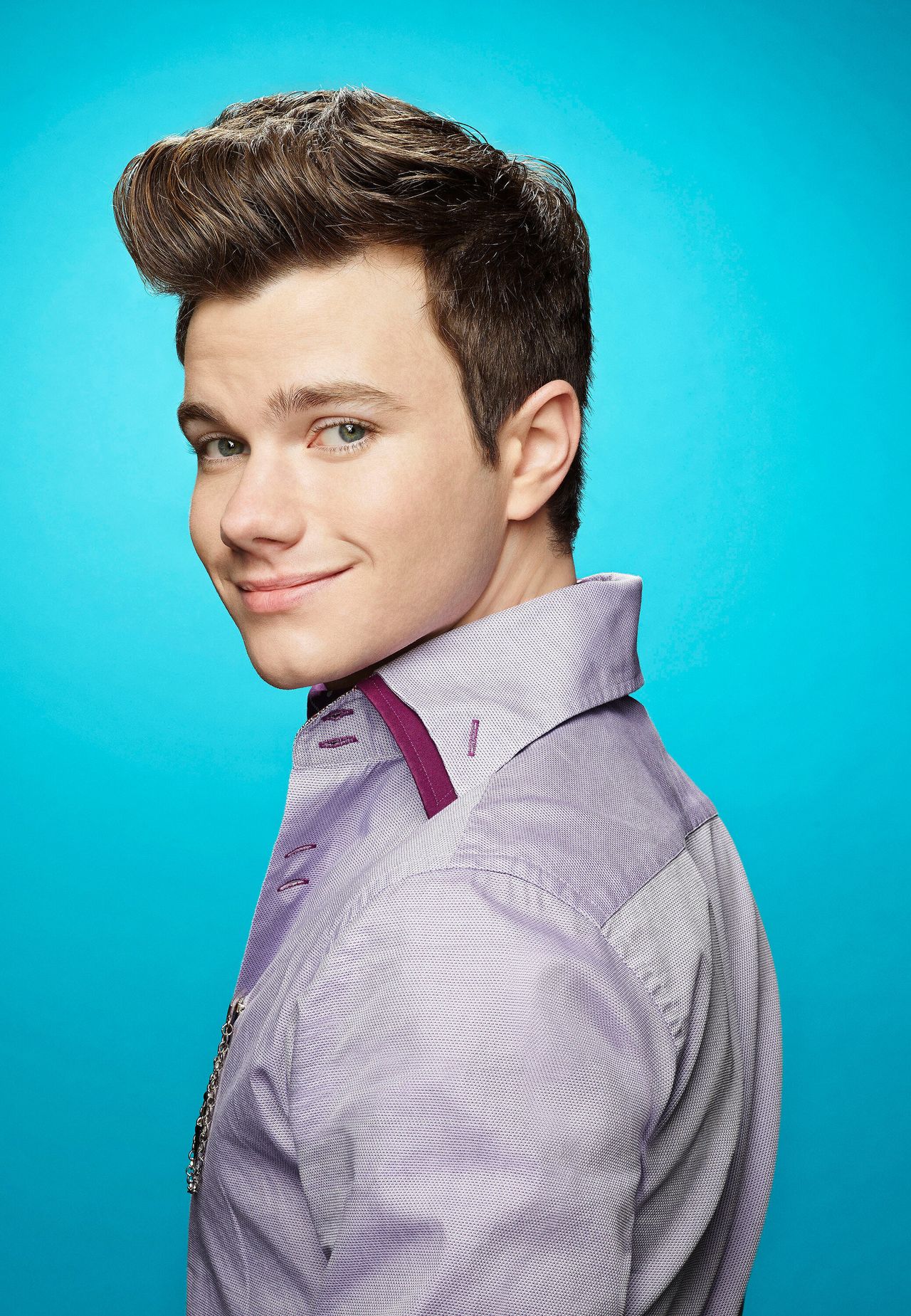“I have to be honest with you,” says High School Musical director Kenny Ortega in a new Variety interview, “I didn’t think at the time - and Disney is the most progressive group of people I’ve worked with.”
Ortega was discussing how, in 2006, it would have been impossible to make the character of Ryan, played by Lucas Grabeel, in High School Musical openly queer, even though much of the fanbase broadly assumed he was, so they had to agree to a compromise.
“It was less about coming out and just more about letting his true colours come forward,” Ortega says in the piece. “I was concerned because it was family and kids, that Disney might not be ready to cross that line and move into that territory yet.”
Perhaps Ortega could have pushed harder. When the Variety interview broke, voices on LGBT+ inclusion were fast to insinuate Ortega’s failings, by sharing statistics on Twitter which suggest that LGBT+ youth support groups were way more prevalent in schools in 2006 in America than you’d think.

One survey by GLSEN suggests 47% of LGBT+ students had a GSA (a gay-straight alliance club) at their schools in 2005, and the study also reveals that the presence of GSAs at schools did have a positive relationship to student experiences.
So would a queer male lead in a TV musical have been as big a deal as Ortega claims?
Given the prevalence of shows with queer leads like Will & Grace, which premiered almost ten years earlier in 1998, it’s understandable why Ortega’s critics believe outing Ryan in 2006 wouldn’t have been such a big stretch. Although, granted, High School Musical had a teen audience not an adult one, which changed the goalposts somewhat.
But whether or not Ortega pushed hard enough is perhaps besides the point.
A prominent LGBT+ director, Ortega’s supporters would argue he pushed the queer agenda subliminally, in movies like Hocus Pocus and the High School Musical triology. Actively campaigning for diversity through his work, the fact Ortega didn’t even ask the question of his Disney overlords paints a dark picture of Hollywood producers in the mid-naughties.
It was certainly a confusing era. While some progressive shows meant queerness for youth audiences was teetering on the brink of a revolution, in other shows, dealings with sexuality were erased entirely.
First, the positives. In 2006, Ugly Betty introduced the character of Justin, played by 11-year-old actor Mark Indelicato. Justin was different to other boys, liking fashion and caring about body image, and the teen character was progressively revealed to be gay in 2010 in the fourth season.
And in Glee in 2007, the 18-year-old actor Chris Colfer introduced a bold queer lead in Kurt Hummel, the confident LGBT+ newcomer at school.

But at the same time, some the era’s most popular shows, such as Gossip Girl, purposefully swerved the concept of queerness entirely. The character of Chuck Bass was actually written as queer in the original Cecily von Ziegesar novels, but his bisexuality was erased by the time showrunners introduced storylines centering on his rampant womanising to The CW.
And Friends, which ran fresh episodes until 2004, has been criticised for featuring only thinly-veiled stereotypes of gay people across its ten year lifespan, rather than a diverse selection.
While there is still a long way to go until LGBT+ voices feel as prominent as they should be across TV and in film, thinking back to a little over a decade ago reminds us how far we’ve come - and that’s something to be celebrated.
Over the past few years, Sex Education, Hollywood, Alex Strangelove, Love Simon and Instinct have all proudly celebrated queer leads and boldly queer storylines. And in these shows, characters aren’t necessarily playing up to LGBT+ stereotypes - like in Will & Grace - but presenting the LGBT+ community as nuanced and diverse.
In the UK, arguably, Skins kick-started the trend for properly fleshed-out queer characters when it introduced Maxxie, played by Mitch Hewer, in 2007: a confident gay male lead with diverse storylines that didn’t only centre on his sexuality. But this type of representation was missing from Hollywood.
This Pride month just passed, Love Simon follow up Love Victor became the latest element of LGBT+ representation for youth audiences. The show aired Stateside although it has yet to announce its UK transfer.
Love Victor is the story of an ordinary college boy who just so happens to be queer.
While there will always be the need for LGBT+ storytelling which captures the complexities of queer identity, perhaps the most powerful method of storytelling right now is simply making sure queer characters are always represented: and when they are, that they’re presented as ordinary people, not stereotypes.
